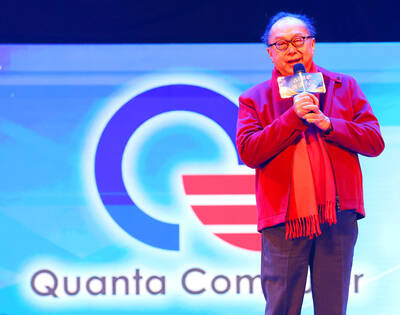Google Inc announced a new research project on Thursday aimed at bringing 3D technology to smartphones, for potential applications such as indoor mapping, gaming and helping blind people navigate.
The California technology giant said its “Project Tango” would provide prototypes of its new smartphone to developers to encourage the writing of new apps.
Google’s Johnny Lee said the goal of the project, which incorporates vision-processing technology and robotics, is “to give mobile devices a human-scale understanding of space and motion.”
“What if you could capture the dimensions of your home simply by walking around with your phone before you went furniture shopping?” Google asked on its Project Tango Web page. “What if directions to a new location didn’t stop at the street address? What if you never again found yourself lost in a new building? What if the visually impaired could navigate unassisted in unfamiliar indoor places? What if you could search for a product and see where the exact shelf is located in a superstore?”
The technology could also be used for “playing hide-and-seek in your house with your favorite game character, or transforming the hallways into a tree-lined path.”
Smartphones are equipped with sensors which make over 1.4 million measurements per second, updating the position and rotation of the phone.
Partners in the project include researchers from the University of Minnesota and George Washington University, German technology firm Robert Bosch GmbH and the Open Source Robotics Foundation, among others.
Another partner is California-based Movidius Ltd, which makes vision-processor technology for mobile and portable devices.
Movidius said in a statement the goal was “to mirror human vision with a newfound level of depth, clarity and realism on mobile and portable devices.”
“Google has paved the future direction for smart mobile vision systems and we’re excited to be working with a company that shares our vision to usher in the next wave of applications that fundamentally alter how a mobile device is used to experience the world around us,” Movidius CEO Remi El-Ouazzane said.

Intel Corp chief executive officer Lip-Bu Tan (陳立武) is expected to meet with Taiwanese suppliers next month in conjunction with the opening of the Computex Taipei trade show, supply chain sources said on Monday. The visit, the first for Tan to Taiwan since assuming his new post last month, would be aimed at enhancing Intel’s ties with suppliers in Taiwan as he attempts to help turn around the struggling US chipmaker, the sources said. Tan is to hold a banquet to celebrate Intel’s 40-year presence in Taiwan before Computex opens on May 20 and invite dozens of Taiwanese suppliers to exchange views

Application-specific integrated circuit designer Faraday Technology Corp (智原) yesterday said that although revenue this quarter would decline 30 percent from last quarter, it retained its full-year forecast of revenue growth of 100 percent. The company attributed the quarterly drop to a slowdown in customers’ production of chips using Faraday’s advanced packaging technology. The company is still confident about its revenue growth this year, given its strong “design-win” — or the projects it won to help customers design their chips, Faraday president Steve Wang (王國雍) told an online earnings conference. “The design-win this year is better than we expected. We believe we will win

Quanta Computer Inc (廣達) chairman Barry Lam (林百里) is expected to share his views about the artificial intelligence (AI) industry’s prospects during his speech at the company’s 37th anniversary ceremony, as AI servers have become a new growth engine for the equipment manufacturing service provider. Lam’s speech is much anticipated, as Quanta has risen as one of the world’s major AI server suppliers. The company reported a 30 percent year-on-year growth in consolidated revenue to NT$1.41 trillion (US$43.35 billion) last year, thanks to fast-growing demand for servers, especially those with AI capabilities. The company told investors in November last year that

Power supply and electronic components maker Delta Electronics Inc (台達電) yesterday said it plans to ship its new 1 megawatt charging systems for electric trucks and buses in the first half of next year at the earliest. The new charging piles, which deliver up to 1 megawatt of charging power, are designed for heavy-duty electric vehicles, and support a maximum current of 1,500 amperes and output of 1,250 volts, Delta said in a news release. “If everything goes smoothly, we could begin shipping those new charging systems as early as in the first half of next year,” a company official said. The new